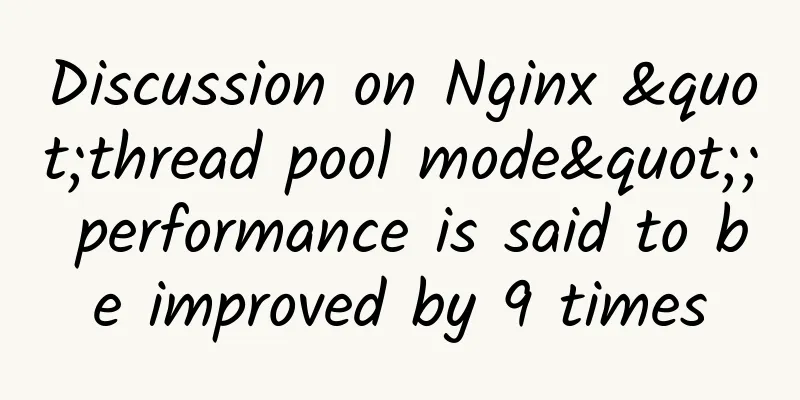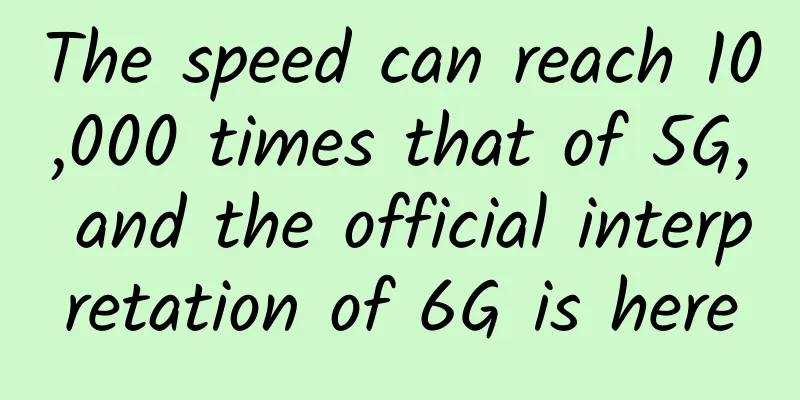How O-band technology can help overcome implementation barriers from 5G to 6G

|
The 5G communications protocol was developed in 2017, and while the service is not yet generally available, research into the next generation 6G technology is already underway. As consumer devices evolve, more and more people are benefiting from faster speeds. But what is the current state of 5G implementation? What challenges lie ahead for network operators on their path to improving customer coverage? Furthermore, can new O-band technology bypass these obstacles and even lay the foundation for 6G's data demands? Each generation of mobile networks integrates the use cases of its predecessor and adds new features for consumers. For example, 2G, released in 1990, introduced digital voice calls and text messages, while 3G added web browsing capabilities on smartphones. 5G began to become popular around the world around 2020 and brought faster mobile broadband and lower latency. 6G, currently in research, builds on the need for greater data storage to provide capabilities and faster bandwidth speeds for applications such as extended reality (XR), edge computing or smart cities. 5G Fast TrackThe OECD said that during the pandemic, data network operators' traffic increased by 60% compared to before the pandemic. To meet this demand, network operators accelerated the development of 5G, enabling Europe to complete about 65% of its planned promotion goals ahead of schedule. The goals set by the European Commission include achieving 100% coverage of at least low-frequency 5G (Sub-6Ghz) in all regions by the end of 2030, and 100% coverage in urban areas by 2025. Meanwhile, the UK government announced plans in February 2022 to simplify the way local councils share information with network providers about the use of public buildings and roadside infrastructure in order to increase 5G coverage. 6G is comingIn the next three to five years, the priority for operators will be to deploy 5G. However, 6G is already being researched, with the first commercial deployments expected to be achieved as early as 2026 in large cities with strong telecom investments, such as Beijing, London, Tokyo and New York. However, 6GFlagship estimates that full deployment may occur in the 2030s. Compared to 5G, 6G requires a five-fold reduction in latency and several-fold increase in bandwidth. These improvements will enhance virtual reality: higher data rates and lower latency will result in a more immersive experience. Areas such as the Internet of Things and artificial intelligence will also be able to make faster and more informed decisions. Another benefit of 6G is improved positioning accuracy. It can use radar-like technology to achieve positioning accuracy of less than one centimeter. It can also work in complete darkness, fog or rainy conditions. This is particularly useful for self-driving cars, which rely on detailed knowledge of their surroundings to make safe and accurate navigation decisions. Overcoming 6G’s energy challengesWhen using low-band 5G, operators can use the same infrastructure as 4G and just optimize it. However, when increasing the frequency to higher bandwidths, such as 24-100GHz in the millimeter wave spectrum, more base stations need to be added in closer proximity. This means that high-band 5G and 6G are only feasible in urban areas. It is this necessity to add base stations that leads to several problems. First, adding base stations in densely populated areas has caused opposition from residents who do not want the towers close to their homes. Finally, more base stations means higher energy consumption, which is a huge problem for operators considering the current energy crisis. The way forwardTo meet the growing demand for low-latency data while reducing energy consumption, network providers must upgrade their existing infrastructure. Many network providers still rely on 10Gbps and 25Gbps connections, using fiber optic cables to carry data to and from base stations. However, upgrading to speeds such as 100Gbps is becoming increasingly necessary and, over time, will become the new standard. Laying more cables is not always the best way to achieve this goal. Cost, disruptiveness, and time constraints make this option unfeasible. One promising alternative is transceivers and multiplexers, which can be upgraded to 100Gbps using existing cable infrastructure. Multiplexers increase data transmission speeds by providing multiple channels for optical signals. Instead of sending one signal down one optical fiber, optical multiplexing or wavelength division multiplexing (WDM) combines multiple signals at different wavelengths to maximize the use of a single fiber. O-band technology refers to the "original band" of wavelengths, which is 1260-1360nm. Signals at the corresponding frequencies have minimal scattering, making the O-band the best choice for high-speed Internet communications. By sending multiple wavelength signals in this range simultaneously, network managers can increase data transmission speeds on existing cables from 10Gbps to 100Gbps without increasing energy consumption or maintenance costs. In addition, the use of passive multiplexers will eliminate the need for active powering devices in the aggregation nodes connecting the base stations, further reducing energy consumption. This will allow the optical connection to be maintained at all times, keeping latency to a minimum. As 5G networks continue to roll out, and 6G capabilities get closer, innovative solutions are needed to help network operators meet the growing demand for data speeds. O-band technology is and will be an important tool in their arsenal to minimize infrastructure costs and maximize data speeds. |
<<: Highlights | Speech content of the 39th GTI seminar (2/2)
>>: Three trends driving cyberattacks in 2024
Recommend
HostYun: Los Angeles CN2 GIA monthly payment starts at 15.3 yuan, Japan Tokyo VPS monthly payment starts at 27 yuan
The tribe has shared information about HostYun ma...
Without the need for dark-night cutover, how can grayscale release help 5G to move forward in small steps?
Three o'clock in the morning, staying up late...
In-depth understanding of UDP programming
What is UDP? UDP is the abbreviation of User Data...
A major technical challenge for container cloud platforms: Should the network choose SDN or underlay, or...?
[[320730]] How to choose the network when buildin...
6 places that provide free certificates to upgrade your website to HTTPS for free
As websites such as Google, Taobao, and Baidu hav...
Witnessing the first step of 5G network construction: antenna and feeder integration
The coexistence of multiple standards and frequen...
my country will open 1.4 million 5G base stations by the end of the year
This year is a period of large-scale 5G construct...
The world's first commercial Gigabit LTE network and terminal launched
Qualcomm, Telstra, Ericsson and NETGEAR recently ...
In 2021, the development of 6G in various countries will accelerate, and the deployment of network satellites will become the focus.
Although 5G has only just become a reality, techn...
Four Best Practices for Network Cable Management
If a cabling project is to be successful, you fir...
ZJI Double 11 recharge 1000 yuan to get 100 yuan, Hong Kong high-defense server lifetime 50% discount, regular server 20% discount
ZJI was founded in 2011 as Weixiang Host, a well-...
The hidden threat of smart home privacy leakage comes from the router
In our daily life, we can use smartphones to cont...
Software AG: 50 million euros invested in HELIX plan, doubling the number of employees in China in the next two years
[51CTO.com original article] Recently, the enterp...
Network equipment and protocols: protocols
When visiting a website and sending or receiving ...
Benefits of 5G for IoT
While IoT devices aren’t the ones that will benef...









